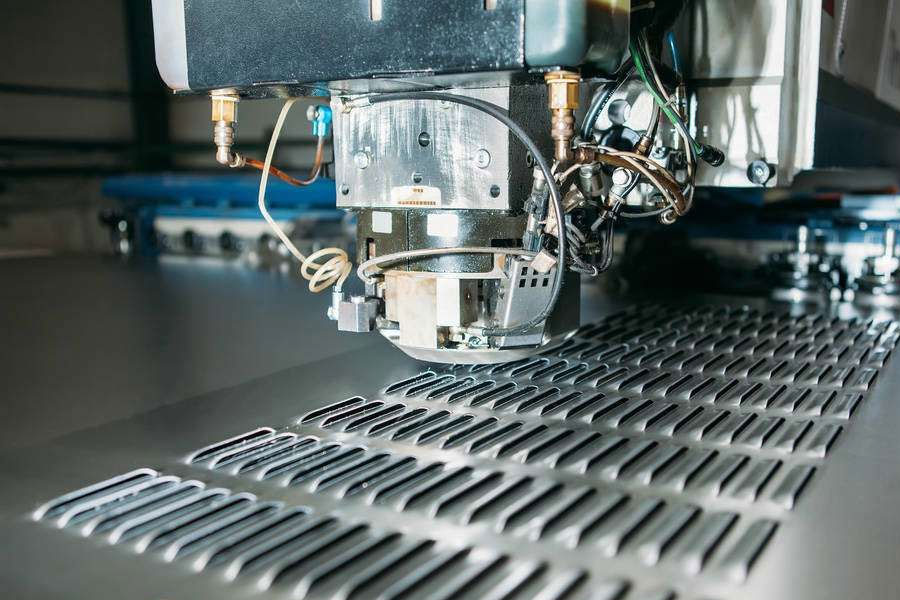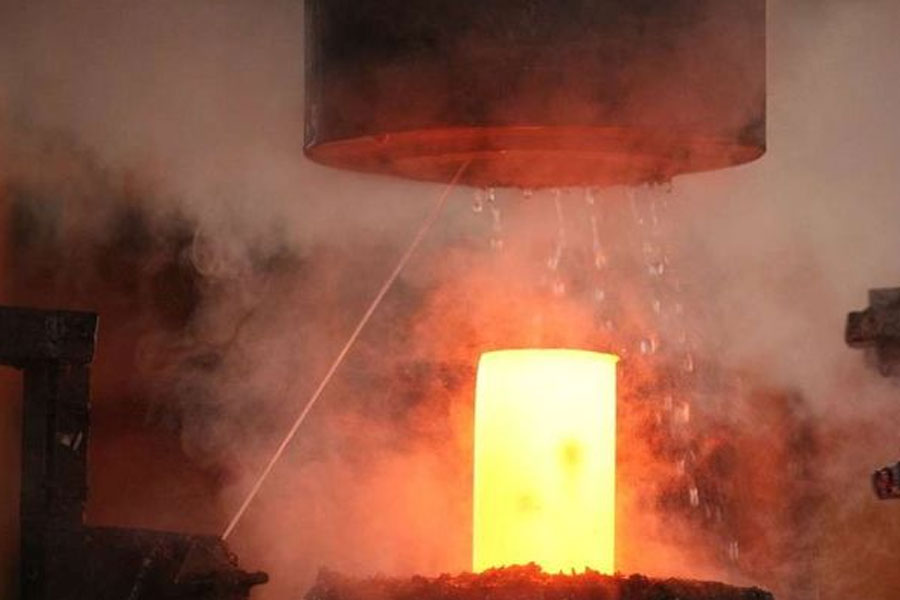The Difference Between Forging,Stamping And Casting
1. The difference between forging and casting
(1) Concept difference
- Casting: It is the transformation of metal liquid without a shape into a solid with a shape.
- Forging: It is to transform a solid of one shape into a solid of another shape.Casting is like playing with wax. You buy wax (scrap steel, or pig iron) and then turn the wax into liquid, put it in a mold, and then you can get different shapes. (Solid-liquid-solid)
- Forging is like the process of making dough. You knead a small dough and put it in a mold to make products of different shapes. It is almost a solid shape that can change to other shapes (solid to solid) at high temperatures.
The so-called casting is the process of casting molten metal into a model to obtain a casting. The foundry profession focuses on the metal smelting process and the control of the process during the casting process.
Forging is plastic forming in the solid state, which can be divided into hot working and cold working, such as extrusion, drawing, piercing, punching, etc., all belong to forging.
(2) Forging is to form slowly, and casting is to form at one time.
Casting: The molten liquid metal fills the cavity and cools. Pores are prone to occur in the middle of the workpiece.
Forging: It is mainly formed by extrusion at high temperature. Can refine the crystal grains in the part.
2. The difference between free forging and die forging
Free forging is a processing method in which heated metal blanks are placed on the forging equipment and between the lower irons, and impact or pressure is applied to directly cause the blanks to undergo plastic deformation, thereby obtaining the required forgings. Due to its simple shape and flexible operation, free forging is suitable for the production of single, small batch and heavy forgings. Free forging is divided into manual free forging and machine free forging. Manual free forging has low production efficiency and high labor intensity. It is only used for repair or simple, small and small batch forging production. In modern industrial production, machine free forging has become forging production. The main method of heavy machinery manufacturing, it has a particularly important role.
The full name of die forging is model forging, which is formed by placing the heated blank in a forging die fixed on the die forging equipment.
Metal forging can be performed on a variety of equipment. In industrial production, steam-air hammers are mostly used for hammer die forging, with tonnage ranging from 5KN to 300KN (0.5 to 30t). Hot die forging presses are commonly used for die forging on the press, with a tonnage of 25000KN~63000KN.
The forging die structure of die forging includes single die forging die and multi-chamber forging die. As shown in Figure 3-13, it is a single-die forging die. It uses dovetail grooves and inclined wedge to fix the forging die to prevent it from coming out and moving left and right; the cooperation of keys and keyways makes the forging die accurately positioned and prevents forward and backward movement. The single-die cavity is generally the final forging die cavity. Forging, air hammering is often required to make the blank, and then the final forging die cavity is hammered several times once to form, and finally the forging is removed to remove the flash.

3. The difference between casting, forging, stamping and die casting
(1) Casting is to melt the raw materials and let them form naturally in the forming mold;
Forging is to heat the raw materials to a certain temperature and then use tools for forging to shape;
Stamping is to stamp the raw material with a suitable stamping die;
Die casting is to use pressure to inject the melted raw materials into the mold on the basis of casting to obtain a higher density or a more precise shape;
Casting: The molten liquid metal fills the cavity and cools. Pores are prone to occur in the middle of the workpiece.
(2) Forging: It is mainly formed by extrusion at high temperature, which can refine the crystal grains in the parts.
The thickness of the parts is basically the same, and it is suitable for the metal stamping of sheet metal forming.
The thickness of the parts is very different, the shape is complicated, and the parts that are not subject to heat are die-cast.

